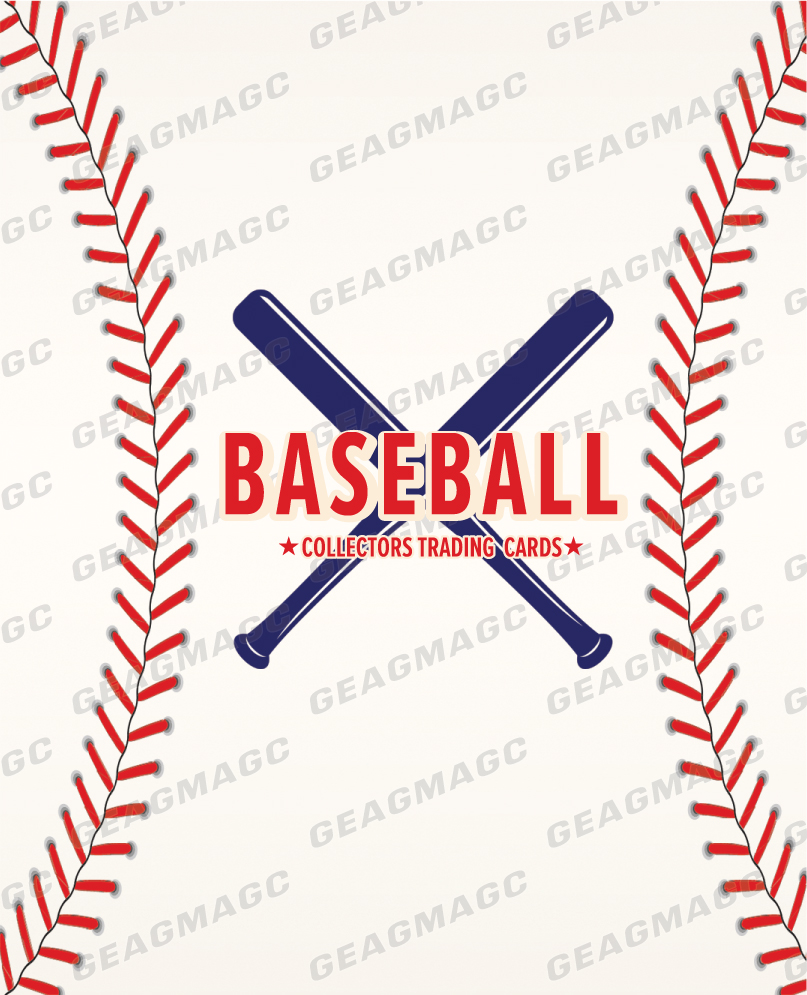Card collection
Organize and Protect Your Collection: The Essential Baseball Card Binder Guide
If you’re a baseball card collector, you know the importance of keeping your collection organized and well-preserved. As your collection grows, so does the need for proper storage to maintain the value and condition of your cards. A baseball card binder is one of the best tools for ensuring your prized cards stay safe, accessible, and beautifully displayed. In this blog, we’ll dive into why using a baseball card binder is crucial, how to organize your cards, and tips for selecting the best binder for your collection.
Why You Need a Baseball Card Binder
- Protection: Baseball cards are valuable, especially if you have rare or vintage cards in your collection. Storing your cards in a binder with protective sleeves helps prevent wear and tear, such as bending, creasing, or surface scratches.
- Organization: A well-organized binder makes it easy to sort through your cards, whether you’re looking for a specific player, year, or team. Keeping everything in one place also helps track your collection as it grows.
- Display: One of the joys of collecting baseball cards is being able to appreciate the artwork, stats, and history of each card. A binder allows you to neatly display your cards, giving you a visual snapshot of your collection at a glance.
How to Organize Your Baseball Cards
Organizing your collection in a binder can be both fun and efficient. Here are some methods to help you keep things in order:
- By Player: If you’re a fan of specific players, consider grouping their cards together. This makes it easy to track a player’s card releases over the years, from rookie seasons to career highlights.
- By Team: Organizing by team is another popular approach. You can create sections in your binder for each team, sorted alphabetically or by league.
- By Year: For collectors who enjoy tracking the evolution of baseball cards, organizing by year or set is an excellent option. This method allows you to see how card designs, stats, and player images have changed over time.
- By Rarity: If you have limited-edition or valuable cards, you may want to dedicate specific pages in your binder for these prized items. Keeping rare cards separate helps preserve them and adds an extra layer of security.
Choosing the Right Baseball Card Binder
When selecting a baseball card binder, it’s essential to consider quality and durability. Here’s what to look for:
- Durable Construction: Look for binders made from high-quality materials that can withstand regular use. A sturdy binder with reinforced corners and a solid spine will hold up better over time.
- Acid-Free Sleeves: Always use acid-free, archival-quality card sleeves in your binder. These sleeves prevent cards from yellowing or deteriorating over time and protect against dust and moisture. Standard binder sleeves can hold nine cards per page, but ensure they fit snugly and aren’t too tight, which could damage the cards.
- Ring Type: Opt for a binder with D-rings or O-rings, depending on your preference. D-rings tend to distribute the weight of the pages more evenly, reducing wear and tear on your cards and binder over time.
- Size: The size of your binder will depend on the size of your collection. A typical three-ring binder can hold 40-50 pages, but if your collection is extensive, you may need several binders to avoid overfilling one and damaging your cards.
- Design and Personalization: Many collectors like to choose binders with designs that reflect their personal taste. You can find binders with sports-themed covers or even personalize one with your name, favorite team, or player for a unique touch.
Additional Tips for Preserving Your Cards
- Keep Your Binder Upright: Store your binder vertically, like a book, rather than lying flat. This helps prevent the weight of the cards from bending or warping over time.
- Avoid Overfilling: Overloading the binder can cause the pages to wrinkle or cards to get stuck. If your collection grows too large, consider splitting it into multiple binders to preserve the quality of the cards.
- Store in a Cool, Dry Place: Heat, humidity, and direct sunlight can damage your cards over time. Always store your binder in a cool, dry area to prevent warping or fading.
- Handle with Care: When flipping through your binder, be gentle with the pages to avoid bending the cards or sleeves. It’s also a good idea to wash your hands before handling your cards to prevent oils from damaging them.
Conclusion
A baseball card binder is an essential tool for any serious collector. It not only protects your cards but also helps you stay organized while offering a convenient way to admire your collection. Whether you’re sorting by player, team, or year, a well-maintained binder ensures your baseball cards remain in top condition for years to come.
So, if you’re looking to keep your collection safe, accessible, and well-displayed, investing in a quality baseball card binder is the way to go. Organize your cards, preserve their value, and enjoy flipping through the pages of baseball history, one card at a time.
